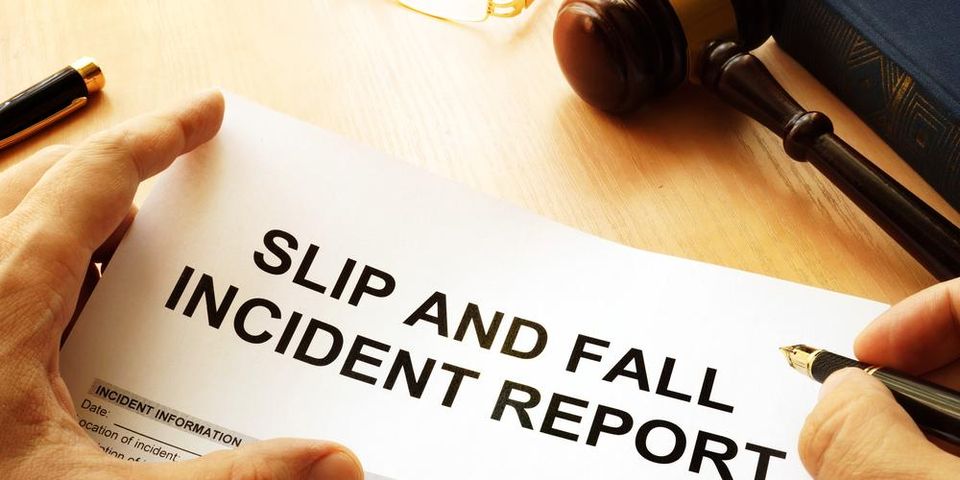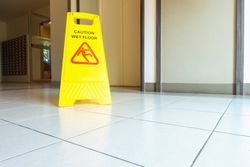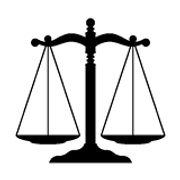
Slip and fall accidents are one of the most common types of personal injury claims filed. They can occur on either public or private property and, if it results in serious harm, victims can see compensation for damages. However, according to the legal team at David S. Washington, Jr., the law and liability apply differently depending on whether the incident occurred indoors or outdoors. The Hamilton, OH, team explains how these cases differ.
Factors to Consider
 There are different factors to consider when reviewing indoor and outdoor slip and fall claims. For indoor incidents, wet surfaces and debris, as well as damaged flooring, stairs, elevators, and escalators commonly contribute to accidents and must be examined to ensure they are in good condition. When personal injury cases occur outside, on the other hand, the weather condition, lighting, parking areas, and sidewalks must all be carefully assessed for potential dangers.
There are different factors to consider when reviewing indoor and outdoor slip and fall claims. For indoor incidents, wet surfaces and debris, as well as damaged flooring, stairs, elevators, and escalators commonly contribute to accidents and must be examined to ensure they are in good condition. When personal injury cases occur outside, on the other hand, the weather condition, lighting, parking areas, and sidewalks must all be carefully assessed for potential dangers.
Proving Liability
Property owners have a legal obligation to keep their premises free of hazards that could place others in harm’s way. While this applies to both the inside and outside of the area, they are usually only responsible for those spaces they specifically have control over. As such, the courts will carefully analyze a personal injury case to establish liability based on whether a property owner knew or should have known about the dangerous condition and failed to fix it. Typically, due to more clearly defined ownership, it’s easier to prove fault for indoor slip and fall claims.
The distinction between indoor and outdoor slip and fall incidents can be significant. An experienced personal injury attorney from David S. Washington, Jr. will help gather the necessary evidence to support your case and walk you through the process of filing a claim. Call (513) 751-1400 to schedule a consultation, or visit their website to learn how they will increase your odds of achieving a favorable outcome.
About the Business
Have a question? Ask the experts!
Send your question

